September 30, 2018
By Nur Syuhada Jasni and Associate Professor Dr. Haslinda Yusoff
The transition from a traditional business (solely profit-making) towards sustainable business is becoming more apparent. Many sustainable businesses realize that to sustain in the industry, they should be responsible not only for their business operation but also in protecting the business marketplace (Elkington, 1994). Accordingly, the aim of sustainable business is beyond profit-making, but to balance between economic, environmental and social (Wilson, 2015). Therefore, sustainable business affects more lives more profoundly and fulfil the fundamentals of human wellness (Šarotar Žižek & Mulej, 2013), namely health (i.e., provide green practice environment, produce green product/service), wealth (i.e., provide reasonable salaries and rewards to employees, sharing wealth with people in need) and happiness (i.e., emotional support and positive learning environment).
The Body Shop is the pioneer in sustainable business that has been recognized globally for sustainability purpose. The founder of the company, Anita Roddick who started the business in 1976, firmly asserted that “most businesses focus all the time on profits. I have to say I think it is deeply boring…” (see: Dufour & Lamothe, 2009, page 98). Thus, Anita dealt with the challenge and planned a business strategy that went beyond the objectives of just making a profit; by building a business that is environmental-friendly, protect the human rights and uphold ethical engagement. Besides The Body Shop, many other prominent and well-known companies such as IKEA and IBM have been aggressive in engaging in sustainable business for many years (Mysen, 2012).
Sustainable business proposes humanistic approach (Knez‐Riedl, Mulej, & Dyck, 2006). The approach is more likely to be favored by the workers, especially the younger generations who prone to work more creatively with flexibility concerning time and space. Using this approach, satisfied employees will progressively increase their productivity and loyalty, thereby, encouraging good working performance, especially in handling customer needs (SAM and PwC, 2010). Zappos is one of the companies that successfully mobilize committed employees with the freedom to act and supported by the management (Warrick, Milliman, & Ferguson, 2016).
As most businesses, including sustainable business, have limited resources, the resources available should be utilized optimally. Hence, for human capital optimization, Galpin, Whitttington, & Bell (2015) recommended to apply the carrot and stick approach. Carrot via recognition, rewards, and incentives, acts as a tool to increase employee satisfaction and productivity while stick gives reasonable pressure that works as boundaries for the employees. Hence, employees have the motivation for self-growth while at the same time accomplish business goals.
On the other hand, to optimize the fund resources, executing the sustainability expenditure that focuses on significant areas relating to the business operation, is deemed necessary. The reason is, effective sustainability expenditure control will lead to positive financial performance (Othman & Ameer, 2014). In this case, accountants play a crucial role in facilitating the process because they are directly involved in sustainable strategy (Özsözgün Çalişkan, 2014). They need to plan on how to utilize the company’s resources strategically as well as to evaluate the company’s performance towards greater business value creation. Therefore, accountants need to be well-equipped with sustainability knowledge and skills for the development of the business.
The way forward for sustainable business has to be flexible but at the same time strategic for more significant impacts. Besides, business leaders need accountants’ expertise to optimize the resources, thus improve financial position in a ‘healthy’ condition. Accordingly, the financial effect is business will gain profit in the long term, and the non-financial effect is it will improve employees’ productivity and customer’s satisfaction. Using a humanistic approach, managing the bottom-line of human needs will bring sustainable value creation and a win-win solution to both the company and stakeholders. Consequently, sustainable business will not only benefit the company but save people and planet as well.
Dufour, Y., & Lamothe, L. (2009). Revisiting a classic case study. Journal of Strategy and Management. https://doi.org/10.1108/17554250910948721
Elkington, J. (1994). Towards the Sustainable Corporation: Win-Win-Win Business Strategies for Sustainable Development. California Management Review, 36(2), 90–100. https://doi.org/10.2307/41165746
Galpin, T., Whitttington, J. L., & Bell, G. (2015). Is your sustainability strategy sustainable? Creating a culture of sustainability. Corporate Governance: The International Journal of Business in Society, 15(1), 1–17. https://doi.org/10.1108/CG-01-2013-0004
Knez‐Riedl, J., Mulej, M., & Dyck, R. G. (2006). Corporate social responsibility from the viewpoint of systems thinking. Kybernetes, 35(3/4), 441–460. https://doi.org/10.1108/03684920610653737
Mysen, T. (2012). Sustainability as corporate mission and strategy. European Business Review, 24(6), 496–509. https://doi.org/10.1108/09555341211270519
Othman, R., Ameer, R., Said, R., Crowther, D., & Amran, A. (2014). Finance and Sustainability – Resources, Capabilities, and Rewards. In Ethics, Governance and Corporate Crime: Challenges and Consequences (Developments in Corporate Governance and Responsibility (pp. 19–45). Emerald Group Publishing Limited. https://doi.org/10.1108/S2043-052320140000006000
Özsözgün Çalişkan, A. (2014). How accounting and accountants may contribute in sustainability? Social Responsibility Journal, 10(2), 246–267. https://doi.org/10.1108/SRJ-04-2012-0049
SAM & PwC. (2010). The Sustainability Yearbook 2010. Sustainable Asset Management (SAM) and PricewaterhouseCoopers (PwC), 46.
Šarotar Žižek, S., & Mulej, M. (2013). Social responsibility: a way of requisite holism of humans and their well‐being. Kybernetes, 42(2), 318–335. https://doi.org/10.1108/03684921311310639
Warrick, D. D., Milliman, J. F., & Ferguson, J. M. (2016). Lessons learned from Zappos on what it takes to build high performance cultures. Organizational Dynamics, 45(1), 64–70. https://doi.org/10.1016/j.orgdyn.2015.12.008
Wilson, J. P. (2015). The triple bottom line. International Journal of Retail & Distribution Management, 43(4/5), 432–447. https://doi.org/10.1108/IJRDM-11-2013-0210


